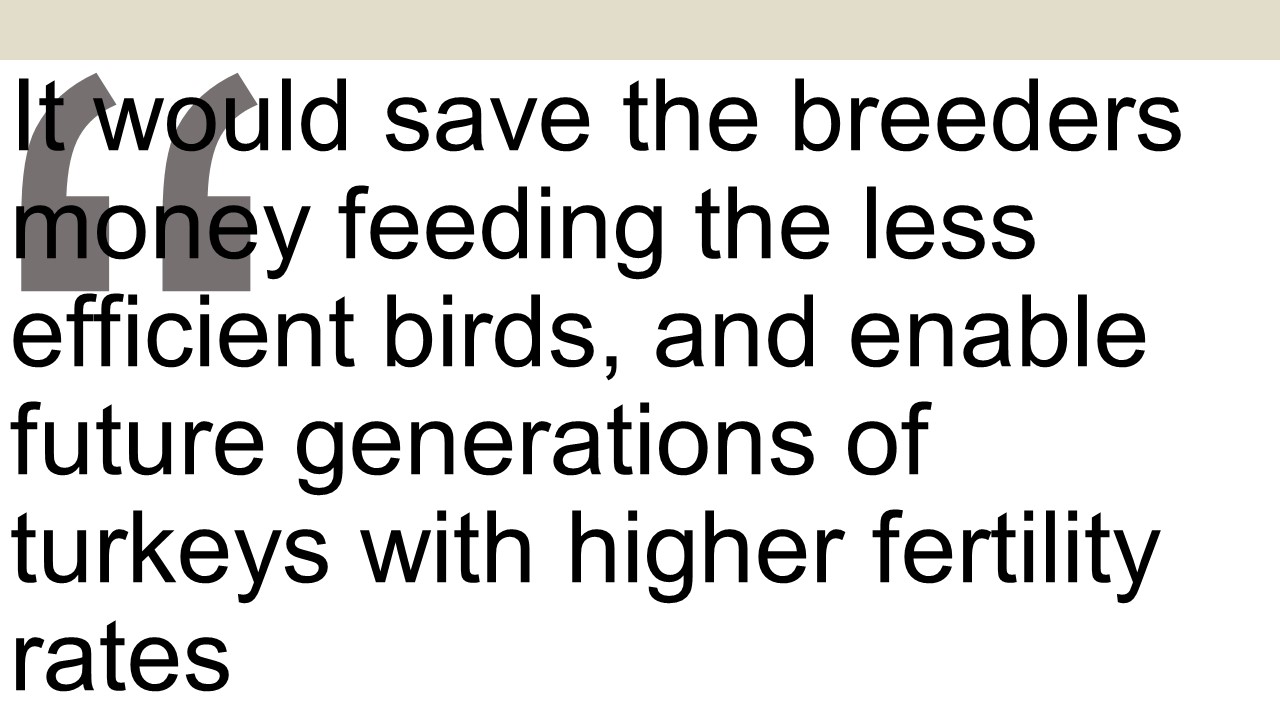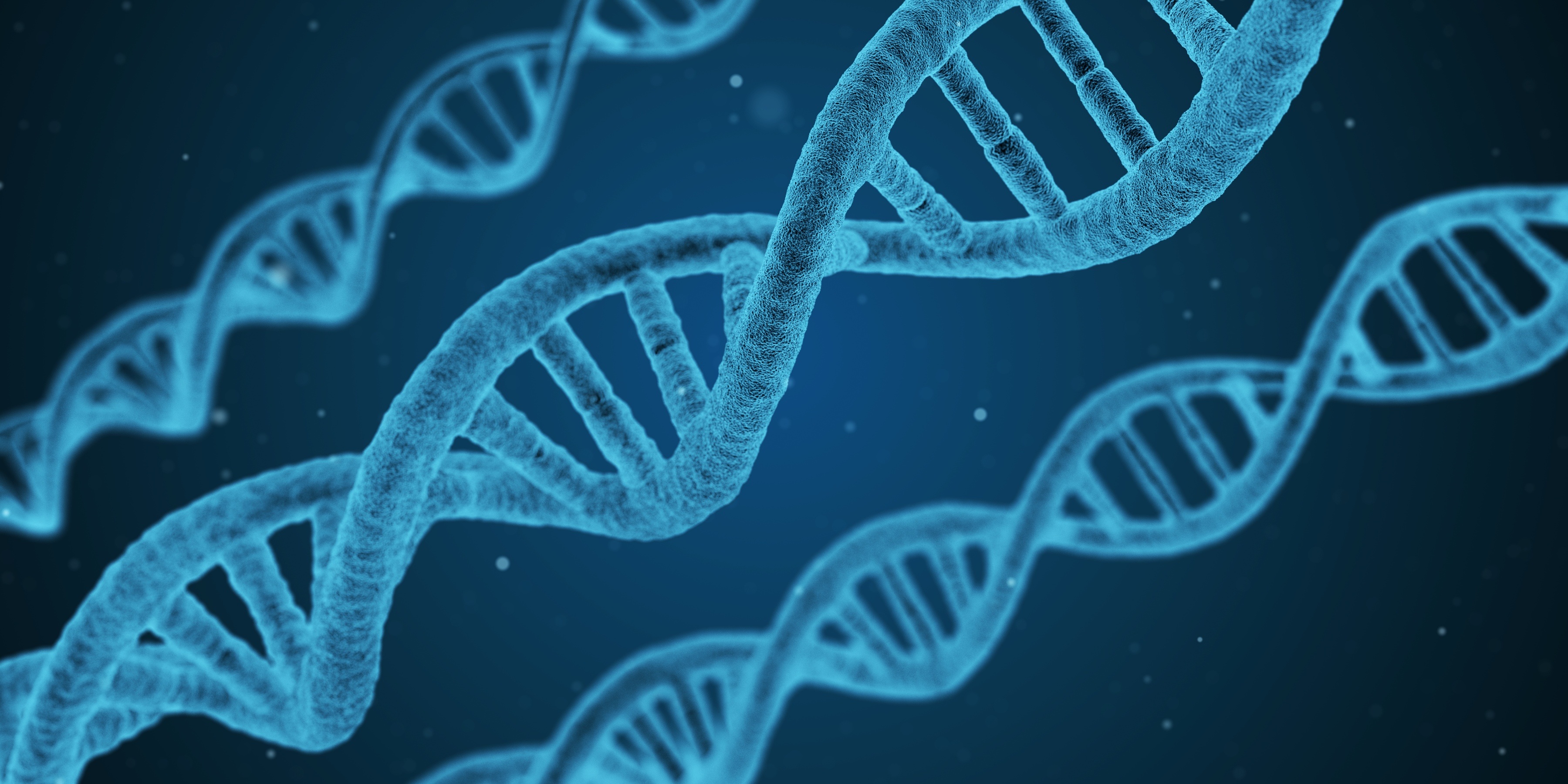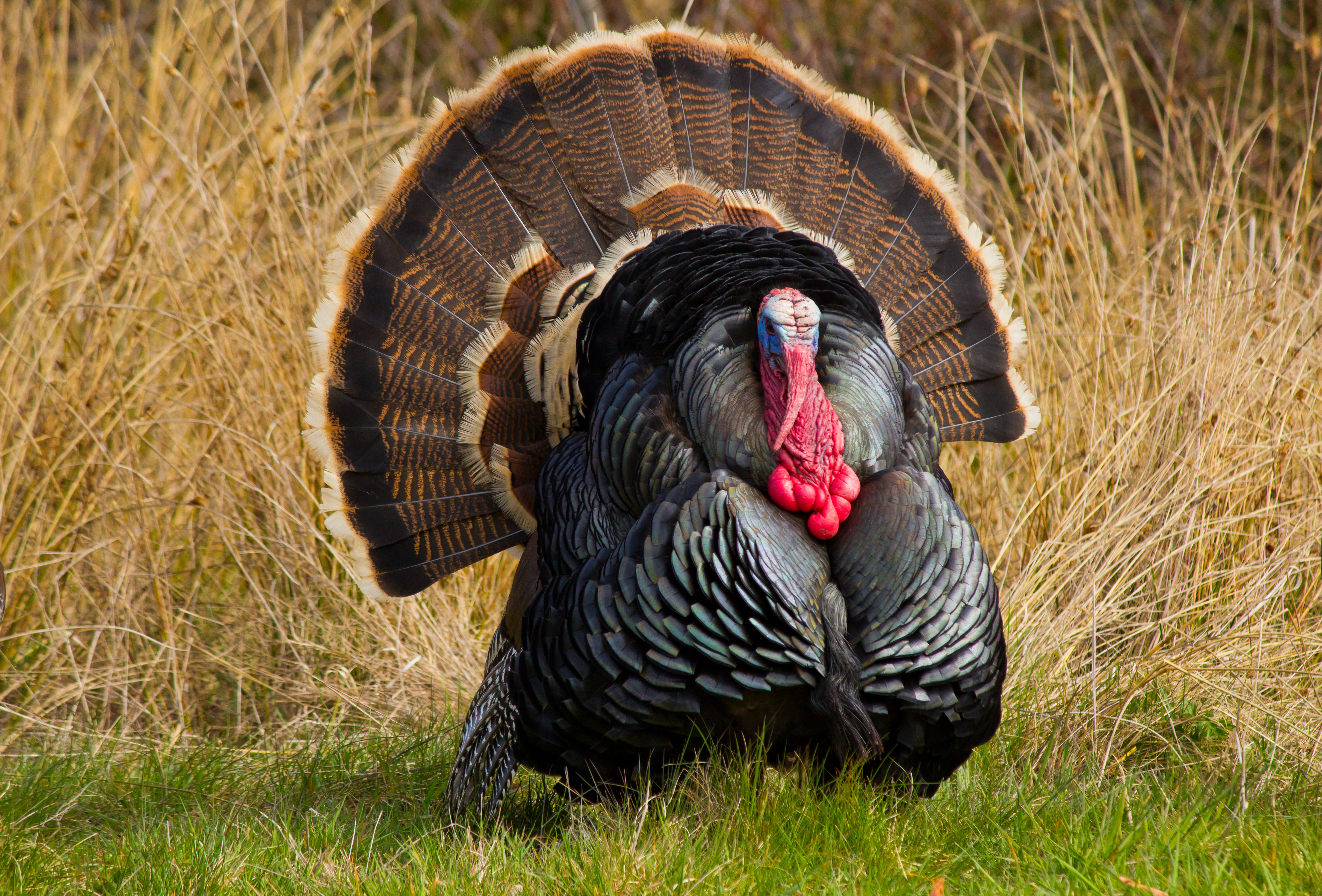



Can turkey researchers crack cryogenics?
Rachel Lane investigates how identifying and storing the genetic marker for turkey fertility could change the industryHumans have manipulated poultry genetics for thousands of years by choosing which birds will breed with which to encourage the most desired traits - it is only in the last 70 years that laboratory genetics has established itself in the industry. Some areas of focus are common, like increasing egg production, improving feed conversion and increasing the breast meat available. While that holds true for turkeys, fertility is now also a particular focus.

Dr Julie Long, poultry physiologist researcher at the ARS Biosciences and Biotechnology Laboratory, was part of the team that sequenced the entire turkey genome for the first time in 2010. Using that data, her team is now focused on trying to expand the fertility of turkeys by identifying which genes are responsible for the better breeders: the best egg producers in the females and the highest mobility sperm in the males. Turkeys are raised from chicks by farmers, and until they reach maturity there is no way for breeders to know which bird will have high mobility sperm - the term for sperm that moves in an efficient pattern for fertilisation. High sperm mobility is more important than a high sperm count, according to Long.
If it succeeds, Long’s project could have big impacts on turkey producers. Once the gene associated with fertility is identified, the less productive turkeys can be pulled from the breeding programme and put into the supply line for edible birds. It would save the breeders money feeding the less efficient birds, and enable future generations of turkeys with higher fertility rates. Eggs in incubators would have a higher likelihood of hatching, meaning fewer incubators would need to be operated to get the same number of birds.
This work doesn’t take place at the farm level - for individual farmers, testing every bird’s fertility wouldn’t make sense. But there are genetics companies in charge of breeding the elite birds, and if they could get clearer information on the genetics they could create a few grandparent generation turkeys to pass the genetic marker for fertility to hundreds of parent birds. The parent-line would then be sent to growers to produce the next generation, to enter the production cycle and be sold to consumers. If the fertility genes were identified, it would take about five years for the turkey producers to completely change the turkey genetics to be more productive breeders.

Identifying the relevant genetics is only part of the challenge - researchers and companies are also looking for ways to more effectively store, transport and implant the genetic material. The primary genetic companies for turkey are Hybrid (a subsidiary of Hendrix Genetics) and Aviagen, which also tracks broiler chicken genetics. The companies are protective of their methods and what genes they are trying to breed into the birds. Dr John Glisson, vice president of research at the US Poultry & Egg Association, said part of the caution is because there is a public perception that poultry receive growth hormone treatments, even though this didn’t happen even when it was legal. It was inefficient to try to inject each bird each day to make hormone therapy effective.
Geneticist Dr Ben Wood works at Hybrid, one of the companies tracking turkey genetics and breeding the birds with a focus on increasing desirable traits. Since autumn 2017, he has been working with the USDA and PhD students from the University of Guelph to try and cryogenically freeze the ovarian tissue of turkeys, which is the only way to get the female chromosome. The process has been done in chicken and quail, but not turkey. The quail ovarian tissue was frozen for a week, then implanted in chicks to test reproduction using the donated tissue. The test showed better outcomes in fertility at each level of evaluation.
Dr Long approaches the challenge from the other direction. She works on seminal cryogenics, ie preserving sperm through freezing to ensure future populations. Many other animals and plants have fertility banks around the world to protect them from disease outbreaks or other events, but poultry semen doesn’t survive the freezing and defrosting process well, so creating a semen bank has been unrealistic. Recently, however, her research has seen some success. Several of the primary (ie pedigree) genetic lines have had 35 to 45 percent fertility rates after cryogenics, a rate that is high enough to repopulate if a primary breeder farm is impacted by avian influenza, for example. Unfortunately, each different line of genetics responds best to a different method of cryogenics. Dr Long hopes that identifying the genes associated with fertility might make cryogenics more efficient.
“In birds, we have a lot of things working against us,” Dr Long said. In addition to the typical poor reaction to cryogenics, the female birds may store sperm for weeks before using it on an egg. Artificially freezing, thawing, and storing sperm causes between a zero and five percent fertility rate compared to a 96 percent fertility rate using fresh sperm.

In the USA, turkey breasts have become so large as a result of breeding programmes that it is more efficient to artificially inseminate birds than to allow natural breeding. However, as Dr Jack Shere, USDA’s chief veterinary officer leading APHIS Veterinary Services explains, currently the sperm used for insemination is only good for a brief period before it starts to degrade. Samples need to be fresh, which means that live birds circulate the globe to spread genetics. If the samples could be handled cryogenically fewer male turkeys would be needed, because the samples could be shipped in their place. Each male turkey needed for fertility increases the costs because they require feed and labour to collect and distribute sperm samples. Fewer samples would also mean they could more easily be tested for diseases before use for insemination. Similarly, to prevent the turkeys with specific genetics from getting exposed to the same diseases and potentially wiping out the line, Hendrix currently exports chicks or fertilised eggs with the same parent birds to different farms around the world, so that genetic material doesn’t get lost if a disease outbreak occurs.
So, if a uniform method can be discovered to store sperm and ovarian tissue, breeders could store the genetics with desirable traits and transport them comparatively easily. Dr Wood has worked with Dr Long on her research into cryogenically handling turkey sperm. He said the frozen sperm could be used for long-term storage if the birds had a specific trait the company wanted to save. In general, the genetic material from each generation of bird is superior for commercial use than previous generations, meaning the stored sperm wouldn’t always be the most up to date version in case of a disease outbreak - but it would provide a safety net. As a tool to help future-proof the poultry industry, cracking the turkey fertility gene and seminal cryogenics could make all the difference.
This article was originally published in the September 2017 edition of Poultry Digital Magazine









